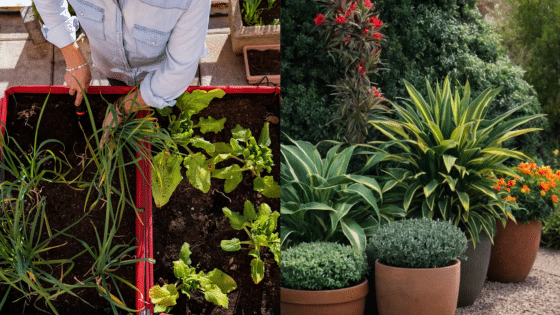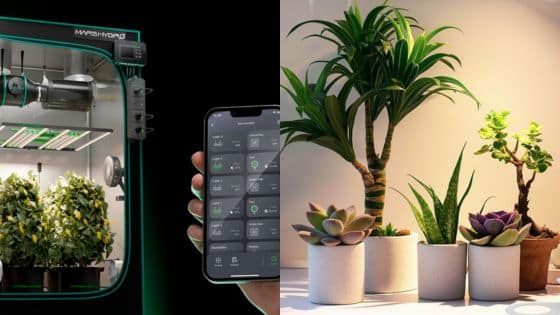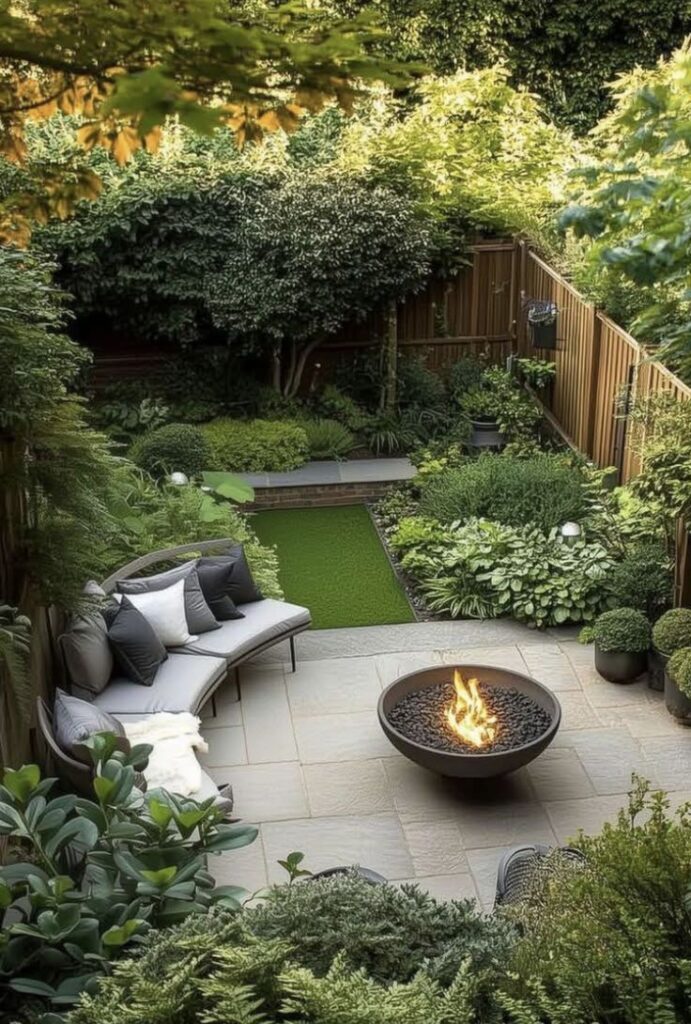
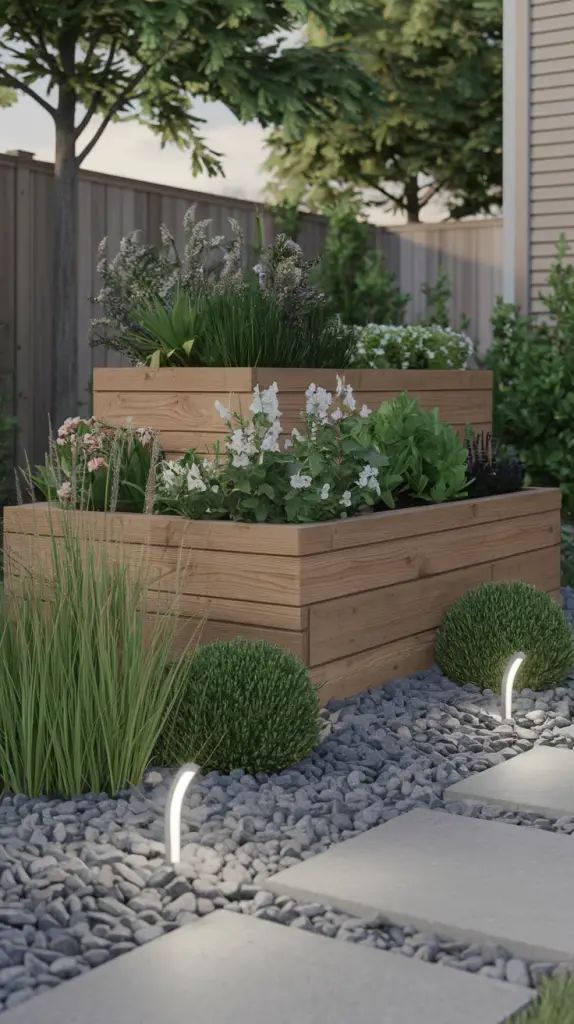
Landscaping doesn’t have to be expensive to look good. Anyone can create a beautiful outdoor space without spending a lot of money by planning carefully and choosing the right plants and materials. Knowing where to save and when to invest makes all the difference in budget-friendly landscaping.
Simple changes like using native plants, DIY projects, and smart hardscaping choices can keep costs low. With some effort and creativity, a well-designed yard can boost curb appeal and add value without breaking the bank.
Understanding how to combine style with savings helps turn any yard into an inviting space. This guide will share practical tips to make landscaping affordable and effective.
Key Takeaways
- Smart planning helps reduce landscaping expenses.
- Choosing easy-care plants saves time and money.
- Simple DIY projects improve the yard without high costs.
Understanding Budget-Friendly Landscaping
Budget-friendly landscaping focuses on making smart choices to save money without sacrificing quality or style. It involves planning, using the right materials, and designing a space that requires less upkeep and cost over time.
Core Principles of Cost-Effective Landscaping


Cost-effective landscaping starts with good planning. Choosing native plants saves money because they need less water, fertilizer, and care. Using basic tools and recycled materials also cuts down initial expenses.
Simple designs with clear, practical layouts reduce the need for expensive features. Grouping plants with similar watering needs makes irrigation cheaper and easier. Mulching helps keep soil moist and lowers watering costs.
Doing some work yourself instead of hiring professionals can save money. However, knowing when to hire help, like for electrical or plumbing work, avoids costly mistakes.
Benefits of Budget-Conscious Landscape Design


Budget-conscious design keeps costs low in both installation and long-term care. It can lower water bills by using drought-tolerant plants and efficient irrigation. It also reduces the need for chemicals and fertilizers.
This approach makes the yard easier to maintain, saving time and money on tools or professional services. It encourages creativity, often turning simple elements into attractive features.
Smart spending on landscaping increases a home’s value without big investments. It allows for gradual improvements as funds become available, rather than one large, costly project.
Planning an Affordable Landscape
Planning a budget-friendly landscape means knowing how much to spend, creating a simple design, and focusing on the most valuable improvements first. These steps help avoid overspending and keep the project manageable.
Setting a Realistic Landscaping Budget


A realistic budget starts with listing all possible costs. This includes plants, soil, tools, mulch, and any labor needed. It’s important to research prices before buying.
Setting a maximum spending limit helps control costs. It prevents adding features that are too expensive or unnecessary.
Tracking expenses as the project moves forward is useful. It avoids surprises and helps stay within budget.
Choosing a Simple Landscape Layout

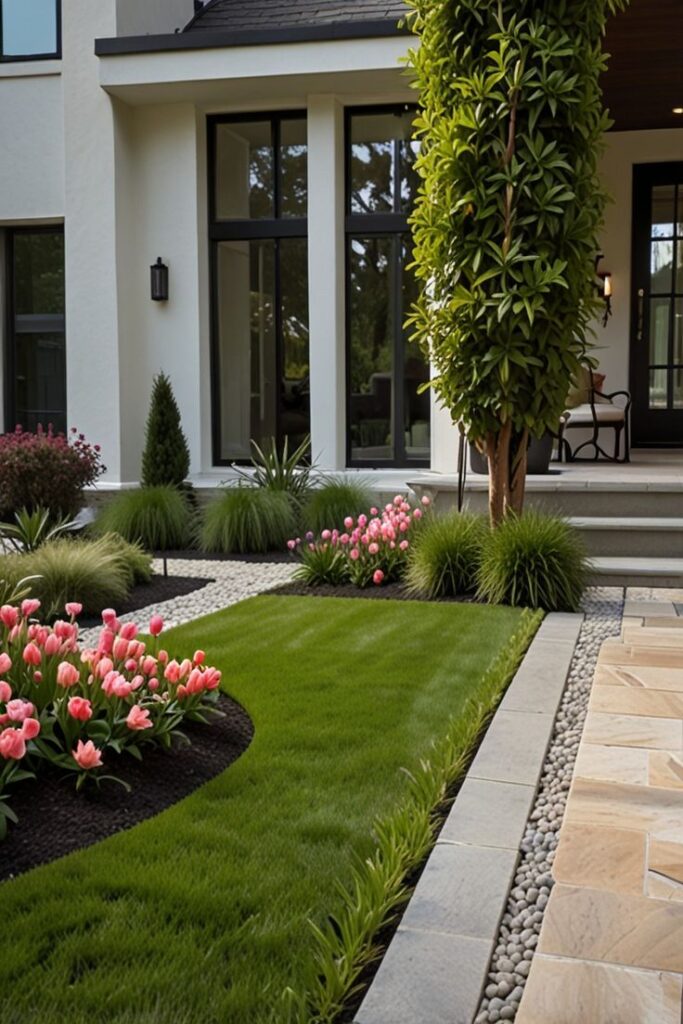
Simple layouts save money and make maintenance easier. Using straight lines or basic shapes reduces the need for extra work.
Focusing on a few key areas, like a flower bed or a small lawn, cuts costs. It also makes the garden look organized.
Choosing local plants that grow well in the area lowers the chance of plant loss. Less watering and fertilizer also save money.
Prioritizing Projects by Impact


Start with projects that improve curb appeal or usability. For example, adding mulch or planting shrubs along the walkway.
Big changes, like installing a patio or building raised beds, can come later. This spreads out costs and gives time to save.
Prioritizing helps focus money on things that matter most. It also allows flexibility if the budget changes.
Selecting Budget-Friendly Plants
Choosing the right plants can save money on watering, maintenance, and replacement costs. Plants that fit the local climate and grow well with less care reduce upkeep expenses. Buying smartly also means getting more plants for less money and planting ones that last longer in the garden.
Using Native and Drought-Tolerant Species


Native plants are adapted to the local soil, weather, and pests. They need less water and fertilizer because they thrive naturally in their environment. This lowers water bills and reduces the need for chemical treatments.
Drought-tolerant plants store water or limit water loss, making them good for dry areas. Examples include lavender, yucca, and sedum. These plants save money by requiring less watering during dry spells.
Both native and drought-tolerant plants support local wildlife such as bees and butterflies, which helps maintain a healthy garden ecosystem without extra cost.
Buying Plants in Bulk or Seeds


Buying plants in bulk reduces the price per plant. Garden centers sometimes offer discounts on larger orders or less popular plants. This helps get more plants without spending more money overall.
Starting plants from seeds costs less than buying mature plants. Seed packets usually contain many seeds, allowing more plants for less money. Growing plants from seeds takes patience but saves money over time.
Bulk buying and planting from seed work best when planning the garden layout in advance. This prevents waste and ensures the right amounts of plants are purchased and grown.
Opting for Perennials Over Annuals


Perennials grow back every year, so they only need to be purchased once. This makes them a better choice for saving money compared to annuals, which live for only one season and must be replaced yearly.
Although perennials may take longer to fully grow, they provide long-term savings and steady garden growth. Examples include hostas, daylilies, and coneflowers.
Choosing perennials suitable for the climate reduces care costs since these plants are stronger against cold, heat, and pests. This lowers the need to buy replacements or treatments.
DIY Landscaping Ideas for Savings
Saving money on landscaping often means using what is already available, taking on simple projects, and choosing materials that lower future costs. These ideas focus on smart methods to cut expenses while improving yard appearance.
Recycling and Repurposing Materials
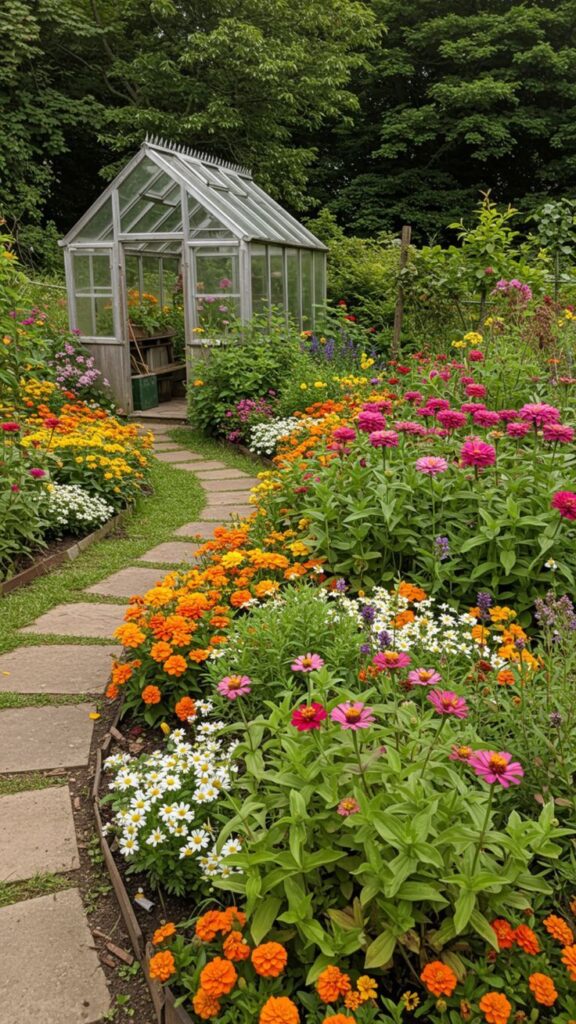

Using old or unused items in the yard can save a lot. For example, bricks from a demolished patio can become garden borders or stepping stones. Wooden pallets can be turned into raised garden beds or benches.
This method reduces the need to buy new materials and adds unique character to the yard. It also helps avoid waste, making it eco-friendly.
Tips for repurposing:
- Check local construction sites for leftover materials.
- Ask friends or neighbors about unused items.
- Clean and treat wood to prevent rot before use.
Recycling materials requires some creativity but lowers costs significantly.
Building Pathways or Borders Yourself


Making paths or garden borders alone saves labor costs. Using simple tools and materials like gravel, stones, or pavers can create neat walkways.
To build a gravel pathway, spread landscape fabric first to block weeds. Then add a layer of gravel about 2-3 inches thick. For stone borders, dig a shallow trench to hold edge stones firmly.
Benefits:
- Customizable shapes and sizes.
- Saves money on professional installation.
- Easy to maintain and repair later.
Doing this work step-by-step keeps costs manageable and allows gradual progress.
Installing Mulch to Reduce Maintenance


Mulch helps protect soil and stops weeds, lowering future work and costs. Organic mulch like wood chips or bark is affordable and available at garden centers.
Applying mulch around plants reduces water evaporation and keeps roots cool during hot months. This reduces the need for frequent watering.
How to mulch:
- Spread 2-4 inches of mulch, keeping it away from plant stems.
- Replenish mulch yearly as it breaks down.
- Use mulch to cover bare soil in flower beds and under shrubs.
Mulching is a low-cost way to improve plant health and limit upkeep efforts.
Affordable Hardscaping Solutions
Hardscaping can add beauty and function without costing a lot. Using simple materials and smart design can keep costs low. There are ways to make patios and paths that last but stay within a tight budget.
Creating Low-Cost Patios


One way to save money on patios is by using concrete pavers instead of poured concrete. Pavers are easier for homeowners to install themselves. They come in different shapes and colors, allowing for creative patterns.
Another affordable method is to use recycled bricks or leftover building materials. These can often be found at local construction sites or salvage yards. Proper planning helps keep the patio size manageable, which lowers material costs.
Simple base preparation with compacted gravel helps avoid expensive excavation. The result is a sturdy patio that looks good and holds up over time without the high price.
Utilizing Gravel and Stone Alternatives


Gravel is one of the cheapest options for walkways or garden beds. It drains well and is easy to spread, making installation quick and affordable. Different gravel sizes and colors can create interesting textures and patterns.
Crushed stone can also serve as a durable alternative to more expensive pavers. It compacts firmly to create a solid surface. Using edging materials like metal or plastic keeps gravel in place and reduces maintenance.
Both gravel and stone materials require less preparation and fewer tools, which lowers the total cost of landscaping projects. These options work well in areas with light foot traffic.
Maintaining a Low-Cost Landscape
Keeping landscaping costs down depends on using water efficiently and caring for the lawn in ways that reduce expenses. Smart techniques can save money while ensuring the landscape stays healthy and attractive.
Smart Watering and Irrigation Strategies
Efficient watering reduces water bills and helps plants grow better. Watering early in the morning or late in the evening limits evaporation. Using drip irrigation or soaker hoses delivers water directly to plant roots, which saves water compared to sprinklers.
Setting timers on irrigation systems prevents overwatering and keeps water use consistent. Grouping plants with similar water needs in the same area also avoids wasting water. Checking for leaks in hoses and valves helps stop water loss.
Mulching around plants keeps soil moist longer, which cuts down on watering frequency. Using rain barrels to collect runoff water provides a free water supply for plants.

Sustainable Lawn Care Practices
Sustainable lawn care lowers costs by reducing the need for fertilizers and frequent mowing. Mowing at the right height—usually about 3 inches—helps grass grow deeper roots and use water better.
Leaving grass clippings on the lawn acts as natural fertilizer, adding nutrients back to the soil. Aerating the lawn once a year improves soil health and helps water and nutrients reach roots.
Choosing drought-tolerant grass types reduces water needs. Using organic or slow-release fertilizers minimizes chemical use and saves money. Avoiding over-fertilization lowers the risk of disease and runoff problems.
Maximizing Curb Appeal on a Budget
Small changes can greatly improve the look of a yard without spending much money. Using plants, paint, and lighting smartly adds charm and value to a home.
Simple Front Yard Makeover Tips
A fresh coat of paint on the front door or shutters can make a big difference. Choose bright but not flashy colors to draw positive attention.
Planting easy-care shrubs or flowers near walkways adds life and color. Buy small plants or seeds for lower costs and let them grow over time.
Using mulch in garden beds helps keep weeds down and gives a neat, polished look. Mulch is inexpensive and comes in various colors to match the home’s style.
Cleaning or power washing the driveway and walkways also improves appearance. Removing debris and stains is cheap but makes the yard feel well-kept.


Inexpensive Outdoor Lighting Options
Solar-powered lights are affordable and easy to install. Place them along paths or near plants to highlight features after dark.
String lights or fairy lights add warmth and charm to porches or trees. They use little power and create a welcoming atmosphere.
Motion sensor lights increase safety and save energy. They turn on only when someone approaches, making them practical and cost-effective.
Using timers for outdoor lights ensures they run only when needed. This reduces electricity bills without sacrificing curb appeal.
Resources for Budget Landscaping


Many tools and services help make landscaping affordable. Local garden centers often offer sales on plants and soil. Checking their weekly ads can save money.
Community gardens and plant swaps are good places to get free or cheap plants. People share cuttings, seeds, and small plants during these events.
Online marketplaces like Craigslist and Freecycle have listings for free or low-cost landscaping materials. Homeowners sometimes give away mulch, rocks, or plants they no longer need.
For advice, local extension offices provide free gardening tips. They also offer classes or pamphlets on how to grow plants on a budget.
Here is a list of common budget-friendly resources:
| Resource | Description | Where to Find |
|---|---|---|
| Garden center sales | Discount plants and supplies | Local stores and nurseries |
| Plant swaps | Exchange plants with others | Community centers, social media groups |
| Online free listings | Free or cheap landscaping items | Craigslist, Freecycle, Facebook Marketplaces |
| Extension offices | Gardening advice and guidance | Local government or university websites |
Using these resources can reduce costs while keeping a yard healthy and attractive. They help find quality supplies without spending too much.
- 358shares
- Facebook0
- Pinterest355
- Twitter3
- Reddit0









